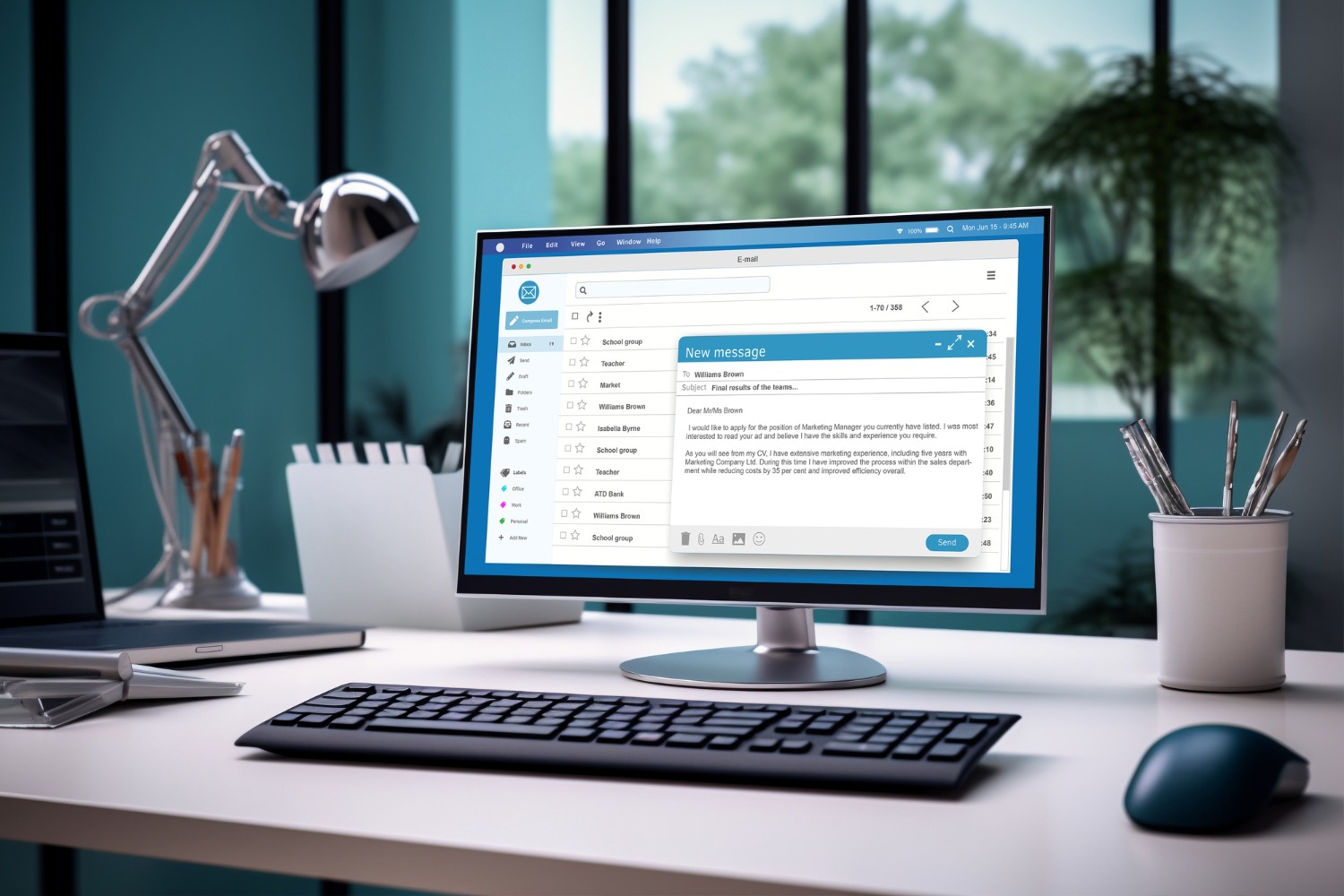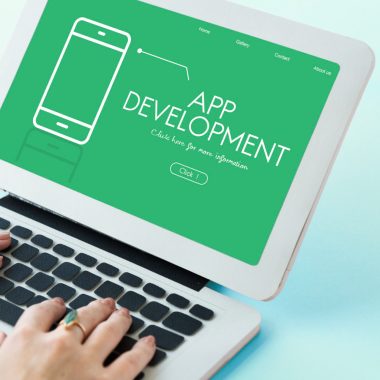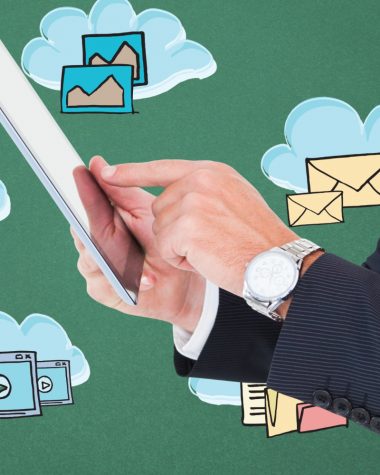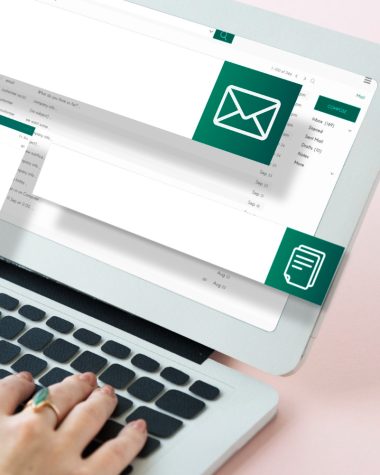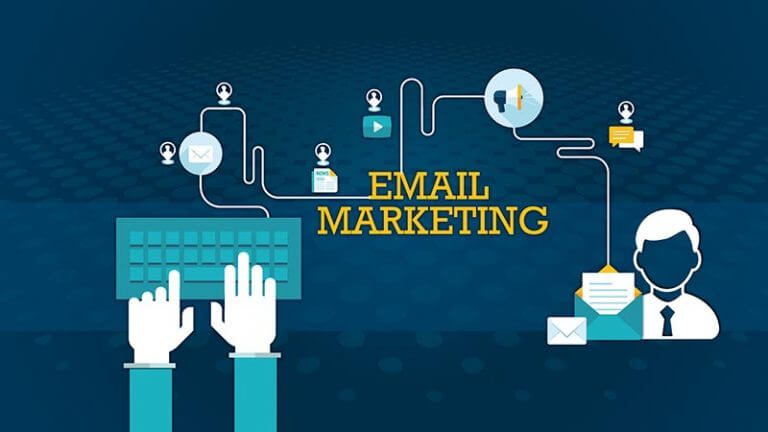Starting an email marketing campaign might seem daunting at first, but with the right planning and strategy, it can become an incredibly effective and valuable tool for any business. Email marketing offers a direct way to reach and engage your audience, promote your brand, and increase sales with measurable results.
In this comprehensive guide, we’ll cover the essential steps to kick off your email marketing campaign, ensuring it’s both professional and impactful.
1. Define Your Objectives
Before diving into email marketing, clearly define what you hope to achieve. Whether it’s increasing website traffic, boosting sales, or enhancing customer loyalty, your goals will dictate the content of your emails and how you measure success.
Setting SMART (Specific, Measurable, Achievable, Relevant, Time-bound) goals can help in creating a focused and effective campaign.
2. Understand Your Audience
Knowing your audience is crucial. Segment your audience based on demographics, purchase history, or engagement levels to tailor your messages accordingly. Personalized emails resonate more with recipients, leading to higher open and conversion rates.
Use surveys, social media engagement, and website analytics to gather data about your audience’s preferences and behavior.
3. Choose the Right Email Marketing Platform
Selecting an email marketing platform that fits your needs is vital for managing your contacts, creating and sending emails, and analyzing results.
Platforms like Mailchimp, Constant Contact, and Sendinblue offer a range of features from beginner to advanced levels, including automation, A/B testing, and detailed analytics.
4. Build Your Email List
Building a quality email list is foundational. Encourage sign-ups through your website, social media channels, or in-person interactions by offering value, such as exclusive discounts, informative content, or access to special events. Ensure compliance with data protection regulations like GDPR by obtaining explicit consent to send emails.
5. Create Compelling Content
Your emails should provide value to your recipients. This could be in the form of educational content, exclusive offers, or updates about your products or services.
The subject line is crucial; it should capture attention and encourage recipients to open the email. Keep the content concise, engaging, and visually appealing, with a clear call-to-action (CTA).
6. Optimize for Mobile
With the increasing use of smartphones, it’s essential to ensure your emails are mobile-friendly. Use responsive design templates so your emails look good and are easy to read on any device. Test your emails on different screens to ensure compatibility and usability.
7. Test and Optimize
A/B testing (also known as split testing) is a powerful way to optimize your email campaigns. Test different elements of your emails, such as subject lines, email content, and CTAs, to see what works best with your audience. Use this data to refine your strategy and improve the effectiveness of your campaigns.
8. Monitor and Analyze Performance
Track key metrics such as open rates, click-through rates, conversion rates, and bounce rates to measure the success of your email marketing campaigns.
Most email marketing platforms provide detailed analytics to help you understand what’s working and where there’s room for improvement. Use these insights to continuously refine and improve your strategy.
9. Follow Email Marketing Best Practices and Regulations
Adhere to email marketing regulations like the CAN-SPAM Act and GDPR to build trust with your audience and avoid legal issues. Best practices include obtaining permission before sending emails, providing a clear way to unsubscribe, and keeping your content relevant and engaging.
10. Stay Consistent and Patient
Email marketing is a long-term strategy. Consistency in sending emails and maintaining quality is key to building a relationship with your audience. However, it’s also important to be patient and give your strategy time to yield results.
Starting an email marketing campaign requires careful planning and execution, but the rewards in terms of engagement, brand promotion, and sales can be significant.
By understanding your audience, offering valuable content, and continuously optimizing your strategy based on performance data, you can create successful email marketing campaigns that contribute to your business’s growth and success.
Remember, the most effective email marketing strategy is one that evolves with your audience’s needs and preferences, ensuring your messages always resonate and bring value.
As you delve deeper into the world of email marketing, it becomes increasingly important to innovate and adapt to maintain your audience’s interest and drive engagement. Here are additional strategies and considerations to enhance your email marketing campaigns further:
11. Leverage Automation
Email automation can significantly increase the efficiency and effectiveness of your campaigns. By setting up automated email sequences for new subscribers, abandoned cart reminders, birthday greetings, or re-engagement emails, you can ensure timely and relevant communication with your audience. Automation helps personalize the user experience at scale, fostering a deeper connection with your customers.
12. Use Dynamic Content
Dynamic content refers to emails that change based on the recipient’s behavior, preferences, or demographics. This could mean showcasing products similar to what they’ve previously purchased or content that matches their interests. By making emails more relevant to each recipient, you can increase engagement and conversion rates.
13. Prioritize Email List Hygiene
Regularly cleaning your email list by removing inactive subscribers or correcting invalid email addresses can improve your campaign’s performance.
High engagement rates are crucial for email deliverability; ISPs are more likely to deliver emails into inboxes when engagement is high. Plus, focusing on engaged subscribers will give you a more accurate measure of your campaign’s success.
14. Encourage Social Sharing
Integrating social media with your email marketing campaigns can amplify your reach. Include social sharing buttons and encourage recipients to share your content or offers with their networks. This not only increases your content’s visibility but also helps attract new subscribers to your list.
15. Offer Exclusive Content
Create a sense of exclusivity by offering content or deals that are only available to your email subscribers. This could include early access to sales, exclusive downloads, or members-only content. By making your subscribers feel valued, you can boost loyalty and engagement.
16. Experiment with Send Times
The timing of your emails can significantly impact their open and click-through rates. Experiment with different send times and days to determine what works best for your audience. Keep in mind that optimal send times can vary based on your audience’s demographics, behaviors, and time zones.
17. Foster Community
Use your email campaigns not just to sell, but also to build a community around your brand. Share stories, highlight customer testimonials, or invite feedback to make your subscribers feel part of something bigger. A strong sense of community can lead to higher engagement and brand loyalty.
18. Continuous Learning and Adaptation
Stay informed about the latest trends and technologies in email marketing. Attend webinars, follow industry blogs, and participate in forums to keep your strategies fresh and effective. The digital landscape is always evolving, and staying ahead of the curve can give you a competitive edge.
Effective email marketing is about more than just sending emails; it’s about creating meaningful connections with your audience by delivering value, personalizing experiences, and continuously optimizing your strategies based on data and insights.
By staying committed to learning and adapting, you can ensure your email marketing campaigns remain relevant and effective, driving success for your business in the digital age. Remember, the key to a successful email marketing campaign is understanding that it’s an ongoing process of growth, learning, and refinement.
